A simple and fully automatic, 12V uninterruptible power supply system for small/medium power appliances.
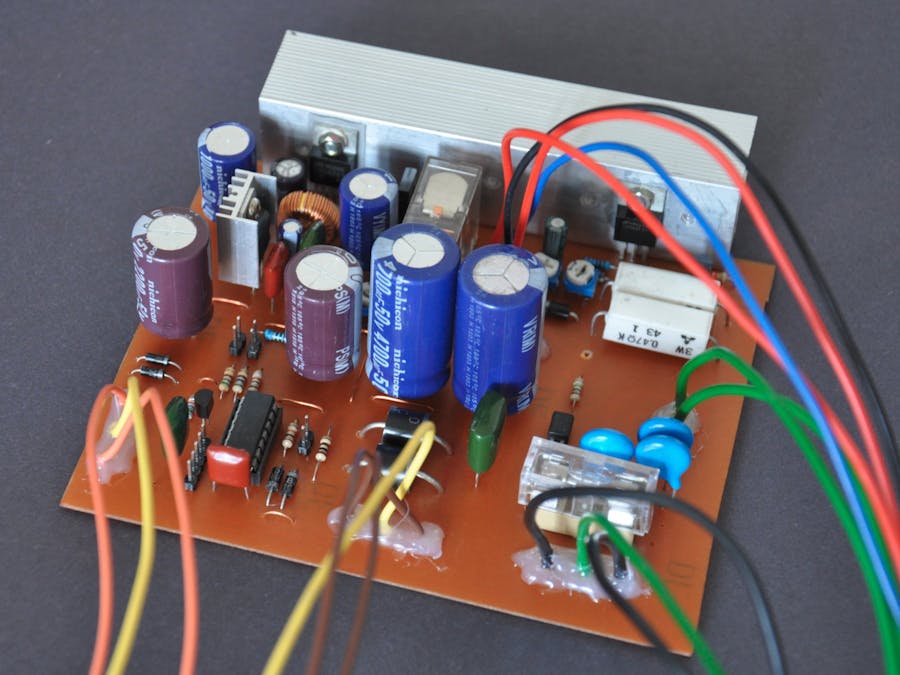
A simple and fully automatic, 12V uninterruptible power supply system for small/medium power appliances.

Electronoobs shows how to convert a conventional clothes straightening iron into a PCB reflow hot plate.
When you see the word “iron” here on Hackster, you probably think of a soldering iron, used to construct a wide variety of electronic projects. To the rest of the world, however, an iron instead means something that is used to straighten clothing – an item that is produced in mass quantities, and which is both widely available and inexpensive.
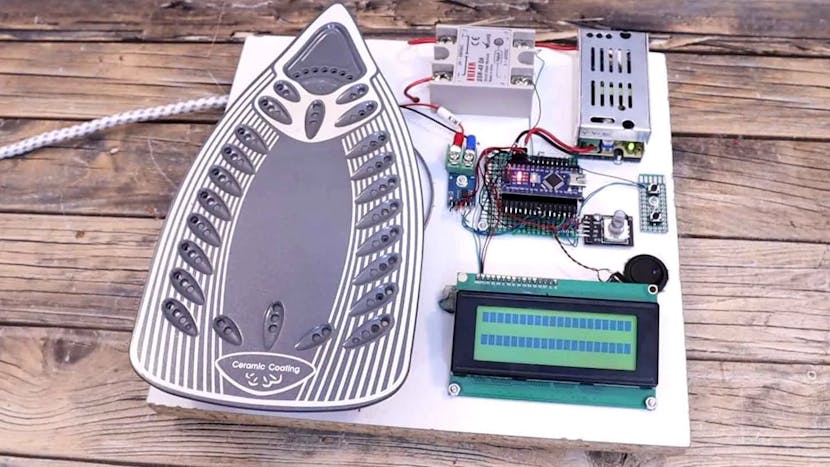
I hate throwing away old electronics that still work but are no longer supported by modern appliances. My idea for this project came after finding an old PS/2 port roller ball computer mouse that I no longer had a use for. I’m a musician in my spare time and currently recording an EP with my metal band HELL SHEEP. I’m using MIDI controllers to create synth parts for our tracks on pro tools. Many people use a MIDI keyboard to write MIDI parts on the computer. I’m no pianist so I have been experimenting with different methods of writing MIDI, including using chess games and cellular automata. Trying to think of a way to re-use the old computer mouse, it occurred to me that it could be repurposed with Arduino as a nifty MIDI controller.
(For those of you who don’t know what MIDI is, check out this great video by Collin’s Lab.)
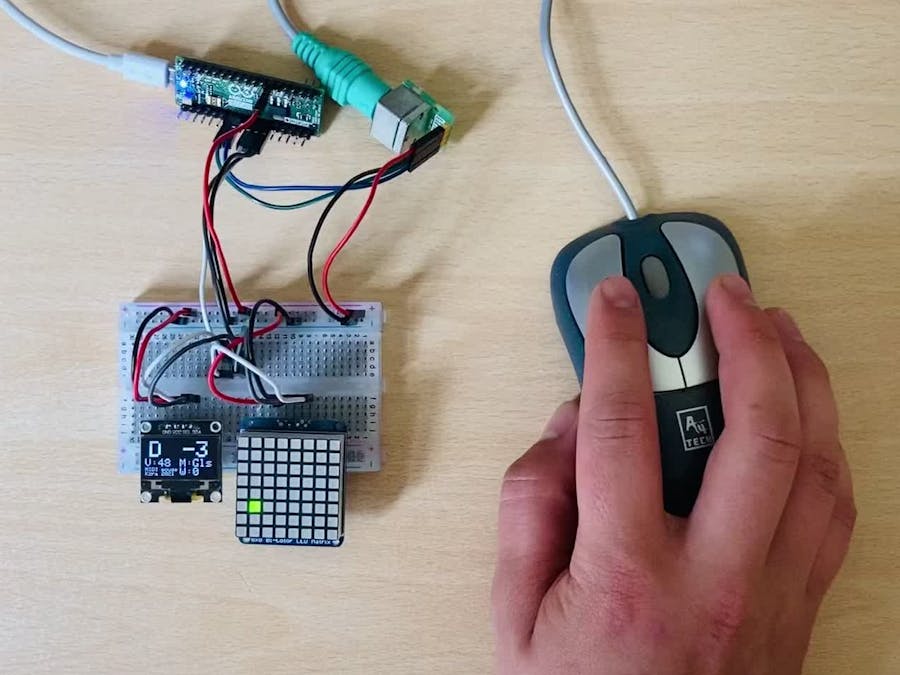
Test and diagnose your USB cables with this Arduino-based device.
While USB (Universal Serial Bus) connections are in many ways a huge improvement over the parallel, serial, and specialized ports of old, “universal” is still a bit of an overstatement. With a variety of physical form factors and ever-evolving standards, there’s more to making a proper connection than simply plugging any cable in.
Making things even more complicated, just looking at a USB cable’s form factor isn’t always enough to tell whether it will properly power and transfer data to and from your device. Perhaps a particular Micro cable is only for charging, leaving out the data pins, and thus leaving you frustrated as to why you can’t program a certain board. Or maybe a cable is broken internally. To get to the bottom of these potential connection issues, TechKiwiGadgets has come up with the Arduino Cable Tracer.
More info is available in TechKiwiGadget’s project write-up, along with a wiring chart and Arduino code.
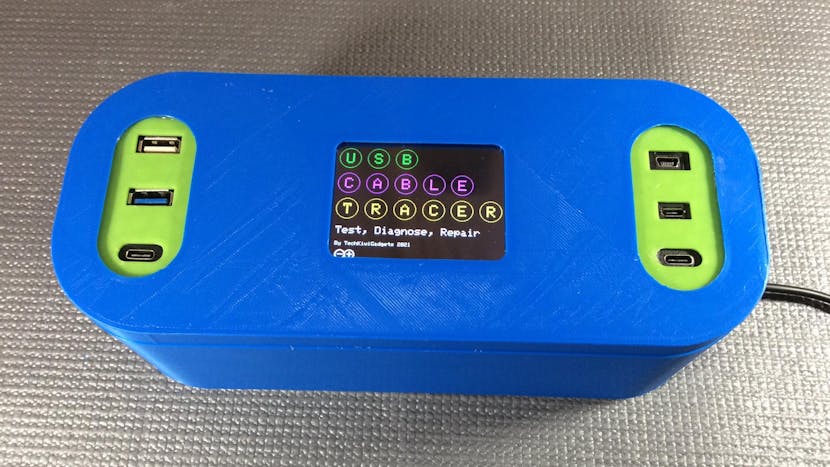
Porting Arduboy to the ATMega4809 and making it run on a Arduino Nano Every.
After learning about the Arduboy challenge, we (team Karooza) decided to join in the fun and port Arduboy to a new microcontroller. In the spirit of staying with true 8 bit gaming we chose the ATMega4809. This relatively new microcontroller is also used in the Arduino Nano Every, making it available to the average maker. For this very reason we also chose the Nano Every as our initial target. Then we designed a PCB which handles battery charging, boosting to 5V and breaking out the buttons, LEDs and piezo speaker. Using slightly off-center pads the Nano (with headers) can plug into the breakout board without needing to solder it (a cool idea we borrowed from the Curiosity Nano board).
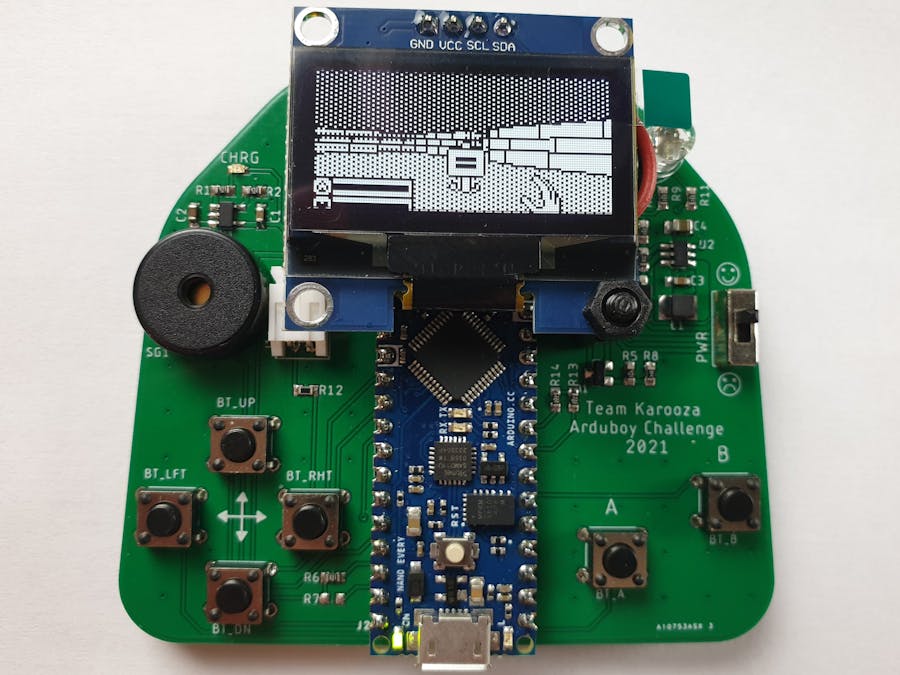
It may not be practical, but it’s at least functional!
This project puts the power of BASIC in your hands, literally. Designed by Anders Mygind, this tiny handheld computer runs a modified version of TinyBasic and is built around the ATmega328-PU, a chip similar to the ones used in the Arduino Uno. Though it’s not exactly user-friendly, both the keyboard and screen actually work. The device utilizes 12C-communication with the display and a button-matrix for the keyboard.
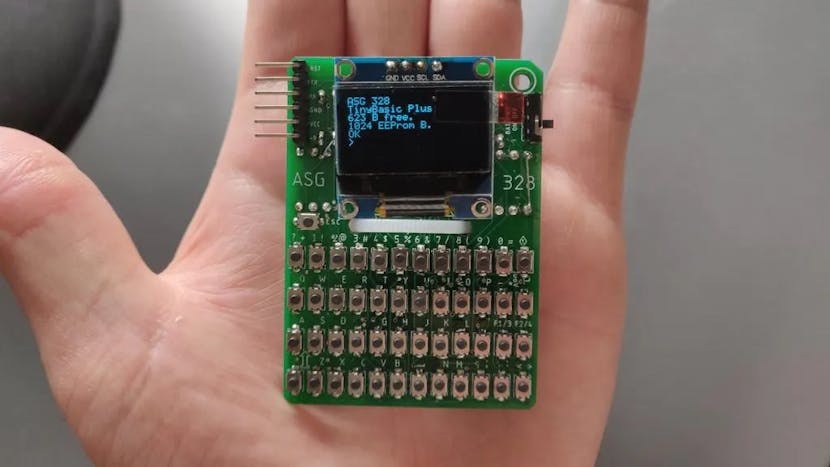
Hand gesture recognition based on Raspberry Camera and TensorFlow. All the steps are described from the dataset creation to the final deploy.
The idea behind this project is to create a device able to drive an actuator based on the gesture of the hand’s fingers.
The project is specialized on recognizing streaming images of the hand taken by the raspberry-pi camera.
The data set of the images used to train the model was created ad hoc with images taken from the Raspberry Camera only (not other devices) with a neutral background.
The model is based on the transfer learning of the Inception v3 model, customized to handle the project requirements. The last layer was removed from the Inception v3 model and a few layers were added to be customized with the new dataset and to provide the output for just four cases.
The model was trained with the images collected and pre-classified earlier on a desktop (32 Gb ram + GPU). Once the model was trained and tested, it was exported to the Raspberry Pi.

Do you recall when you were a kid, and there was nothing quite so fascinating as an old-fashioned spring doorstop? You know, the kind that goes “sproi-oi-oi-oing” with any errant tap? A Reddit apartment dweller, having presumably endured one late-night Riverdance rehearsal too many, decided to weaponize this experience.
He attached said sproinger to an activation arm, mounted it to the ceiling, and powered it with an Arduino microcontroller to give it voice activation powers via Google Assistant. Now with the voice command “hey Google, turn on the TallyWhacker,” the arm bar rolls, the tally is thusly whacked, and the upstairs neighbor presumably begins drafting an email to the landlord. To add a bit more fun to the process, the arm bar will oscillate randomly for between five and thirty seconds.

We received another NES with extensive motherboard damage. To save it, we built an all new DIY version of the NES motherboard – the NESessity! On this Fix it Friday we will walk you through another option for building an (almost) new NES in 2021!
I like to make things glow probably far more than a colorblind person should, and I’ve been looking for new and interesting ways to control the output of different lighting applications without having to hard-code in different color sequences. I’d like to be able to have some sort of complex visual, and then have that be able to play on the lights without having to think about which LED needs to be which color in a display.
